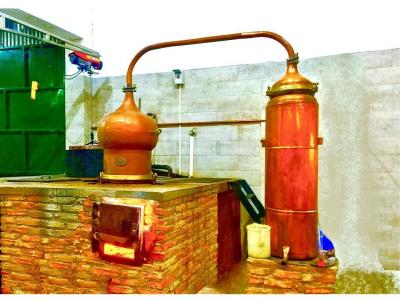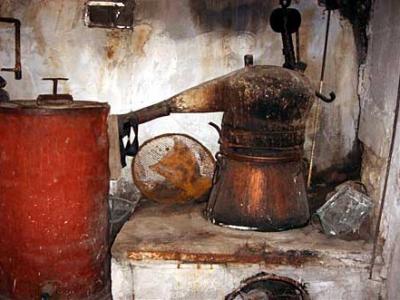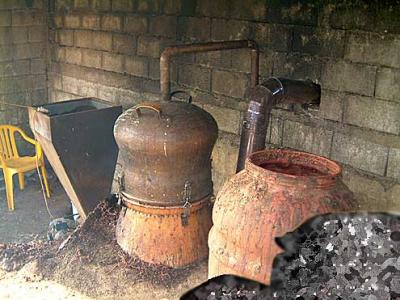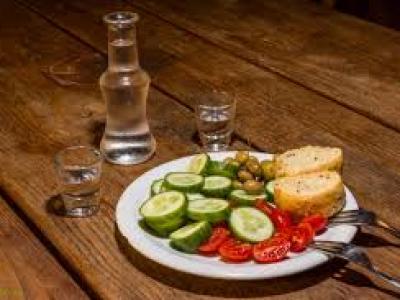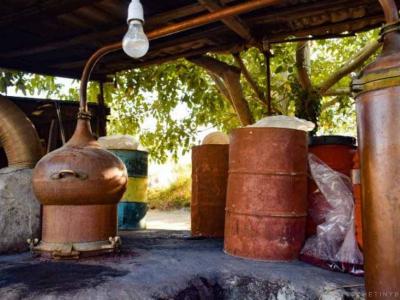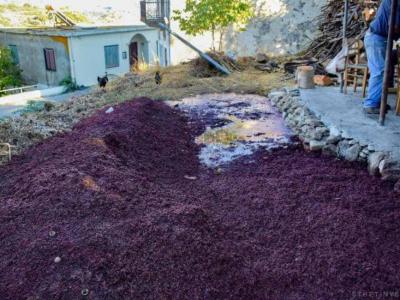How Traditional Raki Is Made made in Crete
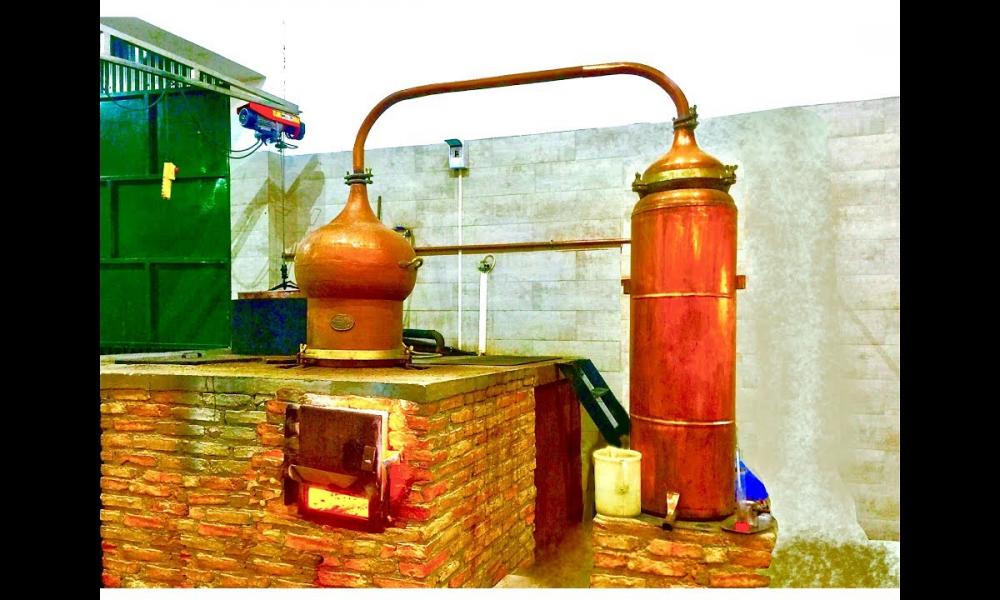
Raki Is Made NOVEMBER
Cretan Raki is some serious stuff. October is grape harvesting month in Greece… and the Greeks don’t just harvest the grapes. They harvest the whole plant! Grapes, leaves and vines included; and it’s all turned into delicious Greek wine, tasty dolmadakias (stuffed grape leaves) and last but not least, Raki (also known as Tsikoudia in Crete).
How traditional Greek Raki is made.
Rakokazana, the feast of distillation. However, raki distillation is more than a process, it’s part of a local rite deeply rooted in the traditions of the island. The feast of raki distillation is known by the names of rakokazana or kazenamata. During the rakokazana, the locals distillate and taste the very first raki of the season, and — pretty much as in every Cretan feast — people eat, dance, sing, and drink… loads of raki!
Raki distillation
It’s a moment of joy and celebration, particularly special in several villages. A much-awaited moment after the hard work of collecting grapes and making wine. If you visit Crete in late October or in November, you should definitely make a point to attend a rakokazana to witness the magic moment when the pure Cretan spirit starts dripping out of the pipe. You will probably taste stunning Cretan food, drink lots of raki, dance, sing, and take a bottle back home! You take the leftover grapes, vines and leaves after they have been stomped out (to make wine) and then boil the mixture inside the chamber and cap at the top of a Kazani. After a while, one drop after another, raki begins to flow.
The first raki
Comes out of the pipe is the proto raki or “before raki”. And I’ve heard locals define it as pure fire! It’s indeed very strong at first. Yet, again, balance is the key. Do you know what grandpas and grandmas used to do with that proto raki? The would keep is in jars to rub it on your chest to prevent you from getting a cold or to keep you warm! The more that raki boils inside the cauldron, the more steam it concentrates. The steam then turns into water, reducing the final alcoholic volume of the raki. A good raki must have a proper balance to reach a characteristic taste, gradation, and intensity.
